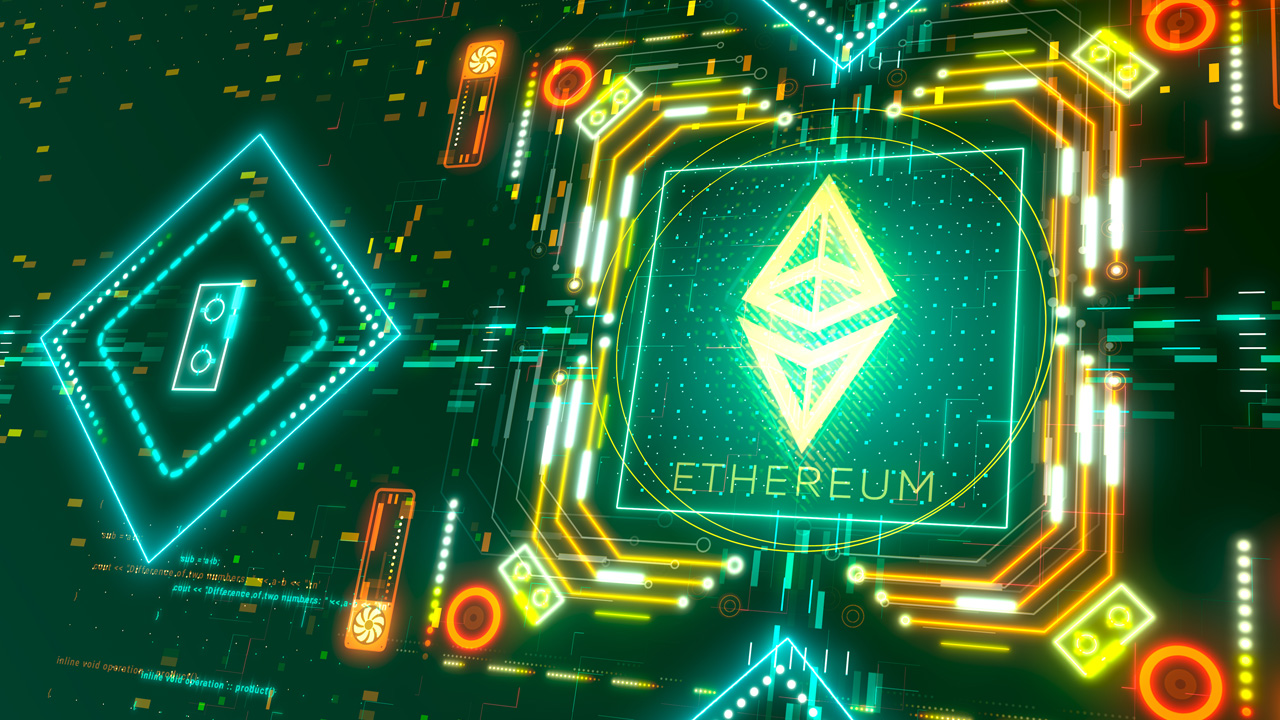This article focuses on discussing the Ethereum virtual machine and how it works. The following topics are covered here:
- Introduction To Ethereum Virtual Machine (EVM)?
- Purpose Of EVM
- How Does EVM Works?
- Benefits Of EVM
- Downsides Of EVM
- What are Smart Contracts
Let Us Start Discussing Each of These Topics in Detail Here:
Introduction to Ethereum Virtual Machine
Ethereum Virtual Machine or EVM is software that executes smart contracts and calculates the state of the Ethereum network after each new block is added to the chain.
EVM resides on the Ethereum hardware and network layer. Its main purpose is to calculate network state and execute several types of smart contract code. Also, compile it into a readable format called “bytecode”.
This allows smart contracts implemented on EVM-compatible chains such as Polygon or Avalanche to be recognized by Ethereum nodes, and developers can port their dApps or tokens from Ethereum to other EVM-compatible chains with relative ease.
Purpose of EVM (Ethereum Virtual Machine)
The purpose of the EVM is to determine what the overall state of Ethereum will be for each block in the blockchain.
Ethereum is much like other blockchain-based networks in that it has its own native cryptocurrency (ETH), and uses a distributed ledger to maintain a database of transactions while enforcing specific rules for how people can operate on the network. However, Ethereum has an additional layer of functioning because of its smart contract capability.
This second layer has been referred to as a “distributed state machine.” On the simplest level, Ethereum’s state is a large database that holds all ETH accounts and balances.
At the same time, Ethereum’s state is also a machine state, capable of changing with each new block, in accordance with a set of predefined rules which can execute any kind of machine code. The specific rules that determine how the machine will change state during each new block are defined by the Ethereum Virtual Machine.
How does the Ethereum virtual machine work? EVM functionality
EVM uses a stack-based architecture and a word size of 256 bits. The 256-bit word size allows EVM to facilitate hashing operations. And a natural elliptic curve ensures funds can only be used by their rightful owners. EVM supports multiple programming languages such as Vyper and Solidity, with Solidity being the most popular programming language for smart contract source code. This programming language is used to write smart contracts, which are converted into the required bytecode for use by the EVM.
The bytecode stored in the chain, known as the runtime bytecode, is then converted to opcodes interpreted by the EVM calculator to perform this action.
Benefits Of EVM
The Ethereum Virtual Machine Download Guide should also reflect the benefits associated with EVM. One of the Ethereum virtual machine’s most prominent benefits is an EVM-compatible blockchain. Ethereum’s growth as the preferred choice for dApp development has led to problems with slower transactions and high fuel costs.
Because of this, developers choose to create dApps on other blockchain networks without permission. An EVM-compatible blockchain can provide a solution to enable interoperability between dApps and other blockchain networks based on EVM principles. Some of the well-known names in the blockchain ecosystem with EVM compatibility are Avalanche, Tron, Cardano, and Polygon.
Additionally, you can explore many other benefits beyond EVM blockchain interoperability. Users can enjoy seamless asset transfers between EVM networks while enabling easier portability of dApps. In addition, interoperability can also guarantee lower barriers to entry for Ethereum developers.
EVM Drawbacks
Although the EVM network is decentralized, it is not completely decentralized. The vast majority of Ethereum nodes are housed on Amazon Web Services, centralized cloud servers. If the owners of these services decide they don’t like Ethereum for any reason, the nodes might be simply turned down, causing the network to be damaged or destroyed. This has happened before, for example, with some social networking applications.
The EVM necessitates some technical expertise. The EVM is limited to those who do not know how to code. The development of more user-friendly interfaces is still ongoing. Again, there are applications with graphical user interfaces (GUIs) that allow anybody to develop NFTs (Non-Fungible Tokens) and utilize related markets.
During times of network congestion, there are high gas expenses. This might be a significant disadvantage for Ethereum users. While individuals making big transactions may be unaffected, those sending smaller transactions may be unable to access the network for some time. This is particularly problematic for decentralized apps. When many users engage with the Dapps’ smart contracts and make many transactions, things might slow down or even cease operating if gas prices get too expensive.
Smart Contracts
A “smart contract” is simply a program that runs on the Ethereum blockchain. It’s a collection of code (its functions) and data (its state) that resides at a specific address on the Ethereum blockchain.
Smart contracts are a type of Ethereum account. This means they have a balance and can be the target of transactions. However, they are not controlled by a user, instead they are deployed to the network and run as programmed. User accounts can then interact with a smart contract by submitting transactions that execute a function defined on the smart contract. Smart contracts can define rules, like a regular contract, and automatically enforce them via the code. Smart contracts cannot be deleted by default, and interactions with them are irreversible.
Conclusion:
Ethereum provides a decentralized ecosystem for developers to use Solidity and EVM to create amazing things. Although using smart contracts to connect with the EVM is more expensive than executing applications on traditional servers, there are many use cases where decentralization is preferred above cost. We addressed the definition and operation of EVM, as well as its benefits and drawbacks, in this article.

Mark Victor Rivero is a content writer who loves writing about the things that he loves. He is passionate about all things tech and enjoys writing about the latest in website development, cryptocurrency and blockchain.
The views and Opinions expressed in this article are those of the authors and do not necessarily reflect the official policy and position of Cryptorial.co, the owners, developers and other authors.
Any content provided by the website’s authors are their own opinion and not intended to malign any religion, ethnic group, club, organization, company, individual or anyone or anything.




